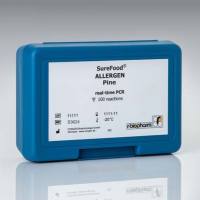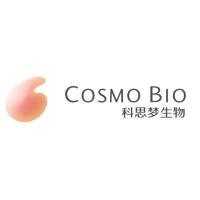Pine Somatic Embryogenesis Using Zygotic Embryos as Explants
互联网
688
Somatic embryogenesis (SE) has the potential to be the lowest-cost method to rapidly produce large numbers of high-value somatic seedlings with desired characteristics for plantation forestry. At least 24 of the 115–120 known Pinus species can undergo SE. Initiation for most species works best with immature megagametophytes as starting material, although a few pines can initiate SE cultures from isolated mature seed embryos. Successful initiation depends heavily on explant type, embryo developmental stage, and medium salt base. Most first reports of initiation used 2,4-D and BAP or a combination of cytokinins. More recent reports have optimized initiation for many Pinus spp., but still use mostly the combinations of auxin and cytokinins. Initiation can be stimulated with medium supplements including abscisic acid (ABA), brassinosteroids, ethylene inhibitors, gibberellin inhibitors, organic acids, putrescine, specific sugar types (maltose, galactose, d -chiro -inositol, and d -xylose), triacontanol, vitamins (B12 , biotin, vitamin E, and folic acid), or manipulation of environmental factors including pH, water potential, cone cold storage, gelling agent concentration, and liquid medium. Embryo development and maturation usually occur best on medium containing ABA along with water potential reduction (with sugars and polyethylene glycol) or water availability reduction (with raised gelling agent increasing gel-strength). Activated carbon and maltose may also improve embryo maturation. The main issues holding SE technology back are related to the high cost of producing a somatic seedling, incurred from low initiation percentages for recalcitrant species, culture loss, and decline after initiation and poor embryo maturation resulting in no or poor germination. Although vast progress has been made in pine SE technology over the past 24 years, fundamental studies on seed and embryo physiology, biochemistry, and gene expression are still needed to help improve the technology to a point where large-scale commercialization is economically viable for a broad range of pine species.









